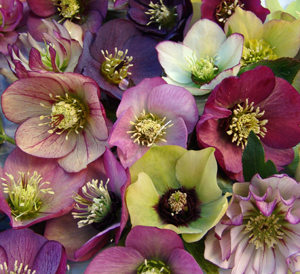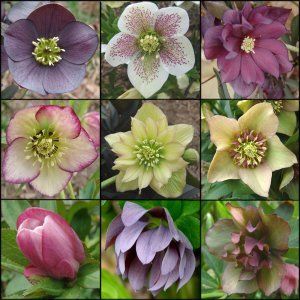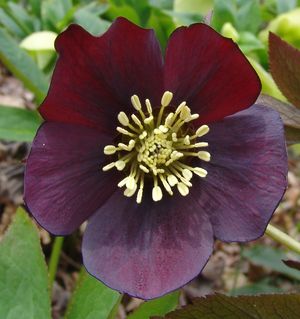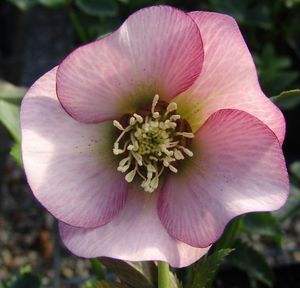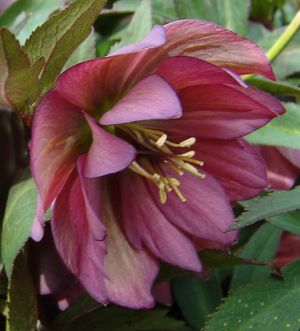Helleborus Brandywine™
Common: Lenten rose
"For the past fourteen years I have traveled to personally hand select parent plants from the best breeders from around the world, including Elizabeth Strangman, Ashwood Nursery, Blackthorn Nurseries, Gisela Schmiemann and Phedar Nurseries. I journeyed not only for the plants but also to reap the benefits of their knowledge and encouragement. Brandywine Hellebores™ are seedlings that originated in my garden, and are the result of decades of work with these hand selected plants. I've used these tried and true hellebore foundations to build upon, and now my hybrids contain hand-pollinated, open-pollinated and self-pollinated plants. Color and form are the chief focal point of my breeding work, as evidenced by the single, anemone (semi-double) and doubles that abound in this premium mix." - David L. Culp, BrandywineHellebores.com
Helleborus Brandywine™ LP32 - 32 per flat
-
Height: 12"-18"
-
Spread: 12"
-
Spacing: 12"
-
Hardiness Zone(s): 4-8
We are delighted to have introduced this magnificent series from Hellebore breeder David Culp! His 15 years of breeding using rare species and prized selections from collectors and specialty nurseries has produced a premium strain with clear colors and distinctive forms. This group promises plenty of doubles and anemones, as well as dark reds, spotted pinks, picotees, and apricots. A keen eye, hand pollination, and years of careful selection mean beautiful plants for you!
Characteristics & Attributes
Exposure
- Full Sun
- Full Shade
- Part Sun
For Animals
- Caution: Toxic
- Pollinator-friendly
- Deer Resistant
Attributes
- Evergreen
- Ornamental Foliage
- Cut Flower
- Clay Tolerance
- Drought Tolerant
Season of Interest (Flowering)
Most hellebores on the market are hybrid varieties and the result of careful breeding performed over many years. Hybrid hellebores, or Lenten Rose, have leathery dark green foliage that makes a nearly evergreen groundcover for average to dry shade. Flowers come in a range of colors and in single or double varieties and can be held aloft foliage or nodding in form in late winter. The plant grows 12-15” tall and spreads 12-18” wide. It is one of the first bloomers in late winter and early spring with blooms lasting for months.
The parents, usually some combination of Helleborus orientalis, Helleborus niger, and other species, are originally from parts of Europe, the UK, the Balkans, the Turkey-Syria border, and regions in China. Hellebores prefer lightly wooded areas on moist chalk or limestone soils. This plant will self-sow happily if placed in the right conditions and plants take 2 years to bloom from seed. In Zone 5 areas, Hellebores perform best when protected from strong winter winds and wet roots which can cause rot.
A wonderful plant for a dry shade garden that is also deer-resistant, Hellebores provides striking beauty when other plants are still buried beneath the snow. When the flowers are obscured by new leaves, the foliage provides a wonderful evergreen groundcover. For optimal performance, cut back flower stalks after bloom to encourage new foliage and trim back tattered leaves. All parts of the plant are poisonous.

